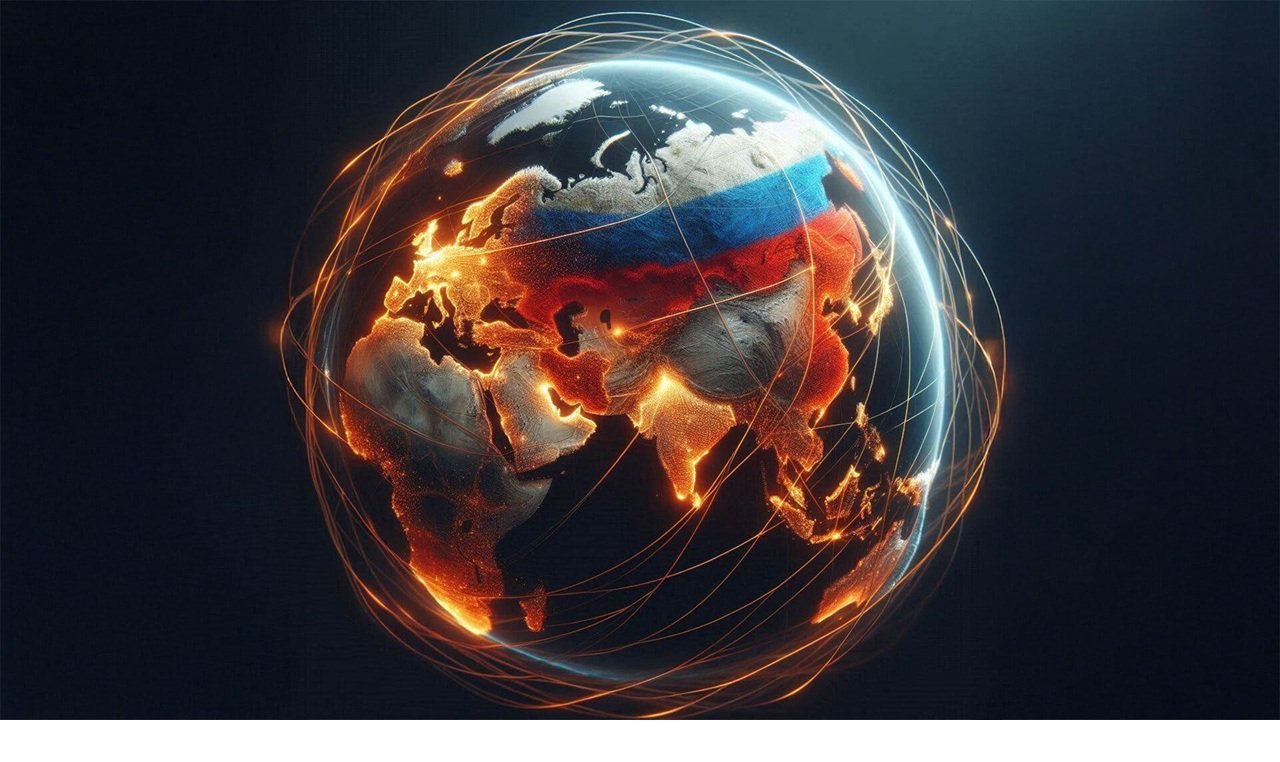-
VRIGHT Exchange | Research & Strategy Desk posted an update in the group Visionary Market Voices
1 month, 3 weeks agoGeopolitics, Trade Pressures, and the Investor Lens: Lessons for India
By VRIGHT Exchange Research and Strategy Desk
The unexpected resignation of Japan’s Prime Minister after signing a contentious trade deal with the United States underscores a key reality: even the most established US allies are finding it difficult to navigate Washington’s evolving economic agenda.
For investors and companies in India, this episode offers not only caution but also opportunity.
Japan and South Korea: Managing US Policy Volatility
Japan, the world’s third-largest economy with a GDP of over $4.2 trillion, agreed to commit nearly $500 billion in investments into the US under a trade pact widely seen as unbalanced.Domestic discontent over these concessions led to political pressure and leadership change. This highlights how economic diplomacy can trigger political shifts—even in advanced democracies.
South Korea, meanwhile, faces its own challenges. Companies like Hyundai and LG Energy invested billions in building an electric vehicle battery factory in Georgia, only to see 475 Korean employees with valid visas detained by US immigration authorities. Seoul had to arrange a chartered aircraft to bring its citizens back.
Both Japan and South Korea—pillars of the US alliance system in Asia—are experiencing the costs of policy unpredictability.
Investor Takeaway #1: Political Risk Returns to the Forefront
For decades, global capital assumed that “developed markets” offered stability. That assumption is now under strain. If Japan and South Korea face sudden policy shifts and disputes, investors may need to reassess political risk not only in emerging markets but also in developed ones.This translates into potentially higher risk premiums for cross-border investments and greater caution toward sectors heavily reliant on US markets.
“Markets can no longer take geopolitical stability for granted,” observes Avinash Gorakshakar, Market Expert and a SEBI Registered Analyst. “Political risk has become a core driver of valuations, even in economies once seen as safe havens.”
India’s Position: Balancing Pressure with Autonomy
India, negotiating its own trade ties with Washington, faces a clear choice:
• Accept near-term concessions for market access, or
• Withstand short-term economic strain to preserve long-term strategic independence.The Jerusalem Post, Israel’s leading newspaper, even advised its government to “stand firm like India,” calling national honour “a far-reaching strategic asset.” This shows that India’s cautious stance is being noticed globally.
India’s GDP growth, projected at 6.5% in FY2025-26, remains the highest among major economies. Yet, with 11% of exports headed to the US, over-dependence could create vulnerabilities if terms change abruptly.
Diplomatic Gestures: Signaling Stability
On September 6, 2025, Prime Minister Narendra Modi said that India and the U.S. share a “very positive and forward-looking” relationship—his first such statement since tensions rose over trade, tariffs, and Operation Sindoor.This came a day after U.S. President Donald Trump described India and the U.S. as having a “special relationship,” praising Mr. Modi and their partnership. Mr. Modi, in turn, stated on X that he “deeply appreciated and fully reciprocated” the comments.
These public statements provide a short-term sentiment boost and signal that dialogue channels remain open.
However, such gestures must be read alongside underlying frictions. While optics have value in diplomacy, they do not eliminate structural trade differences. India is maintaining cordiality while safeguarding strategic autonomy.
Investor Takeaway #2: Diversification is Essential
Companies can mitigate exposure by:
• Expanding into ASEAN, Middle East, and Africa.
• Leveraging India’s growing trade with Russia (up 400% since 2021) and China (still a top trading partner despite tensions).
• Strengthening domestic demand strategies, with India’s $3.9 trillion economy driven 58% by consumption.“SMEs in particular should be cautious,” notes Ajay Thakur, CEO & Managing Partner, TGIsmE Capital Advisors. “Over-reliance on a single trade partner increases vulnerability. Market diversification is increasingly essential for resilience.”
For equity investors, this implies considering opportunities not only in export-heavy IT and pharma but also in domestic infrastructure, manufacturing, and consumption-led sectors.
Investor Takeaway #3: Global Flows Could Tilt Toward India
The strains in US–Asia relations may redirect capital. Japanese and Korean investors—traditionally conservative—may seek relatively stable alternatives.
“India, with its improving ease of doing business and ongoing reforms, could emerge as a beneficiary of such flight-to-stability flows, even if short-term FII behaviour remains volatile,” says Dr. Vikas Gupta, CEO & Chief Investment Strategist at OmniScience Capital.
Currency and Market Watchpoints
• INR-USD may see volatility if trade tensions escalate.
• Export-oriented companies could face margin pressures, while firms with strong domestic orientation may comparatively remain resilient.
• Global equity markets may stay unsettled, but India’s structural growth story continues to provide support.
The Strategic Road Ahead
History shows that economies gain respect not just through wealth but also through resilience. Stronger economies are often able to negotiate on more equal footing with major powers.
For Indian investors and companies, this suggests:
1. Prepare for volatility – hedge currency exposure and diversify portfolios.
2. Build resilience – focus on balance sheet strength, prudent leverage, and local supply chains.
3. Think long term – short-term concessions may slow growth, but strategic independence enhances sustainable prosperity.
VRIGHT Exchange View
The coming years may bring turbulence in global markets amid US policy shifts. Yet for India, this is also a window to strengthen its autonomy, broaden trade relationships, and attract investors looking for stability.
Recent signals of warmth between US and Indian leadership are positive—but should be seen as diplomatic reassurance, not as a resolution of core trade differences.
India’s real strengths remain its resilience, diversification, and credibility—qualities that will anchor long-term investor confidence.


